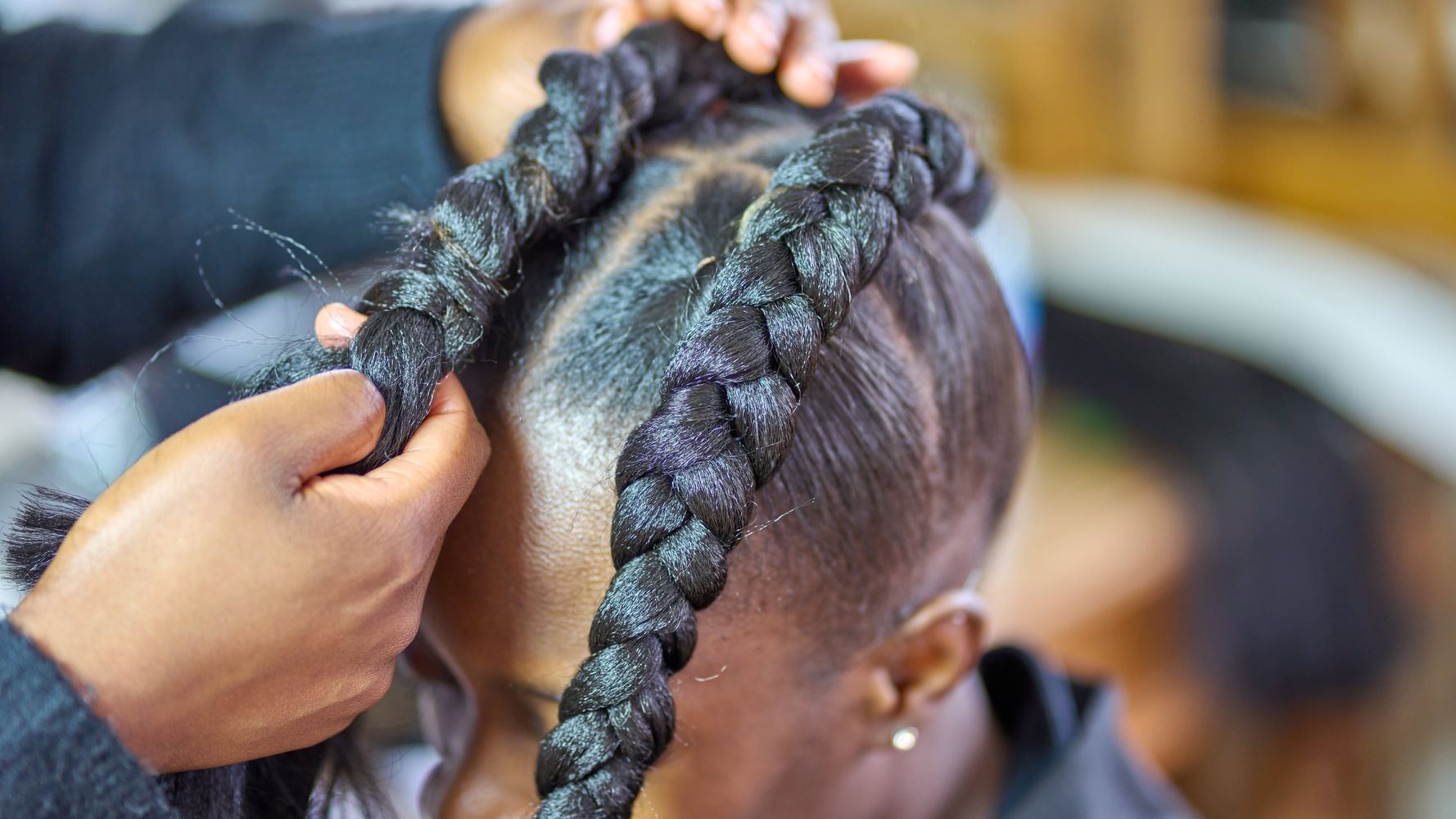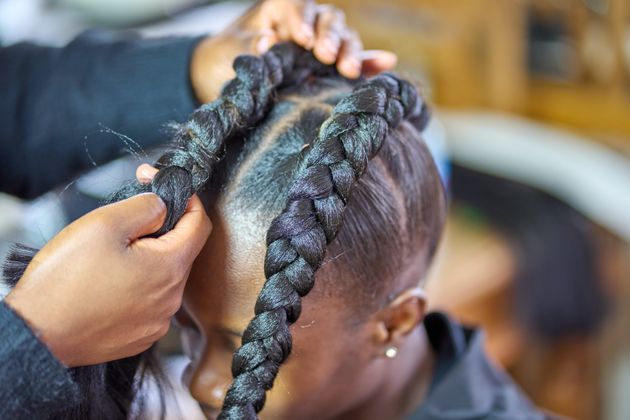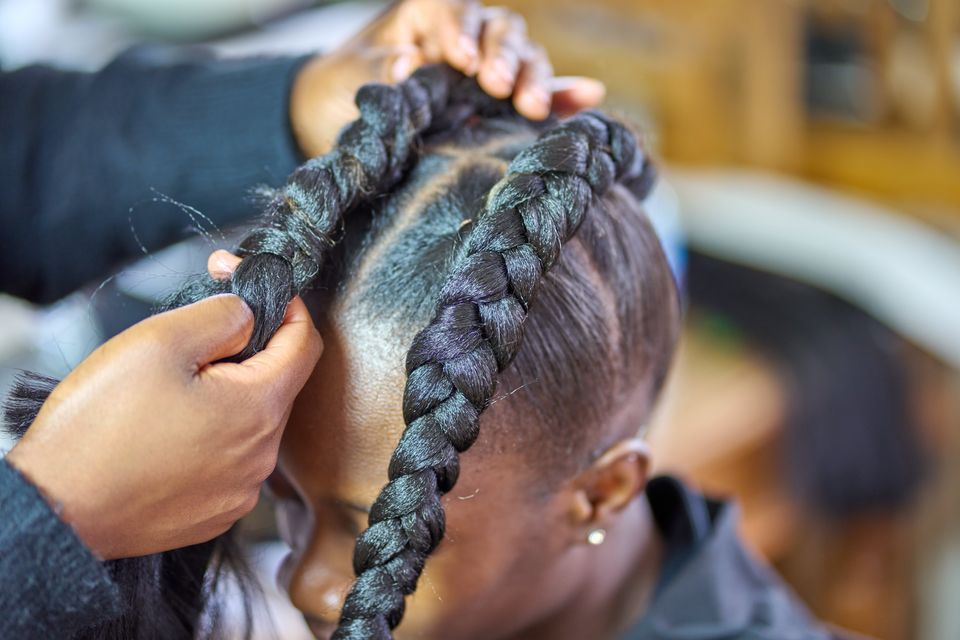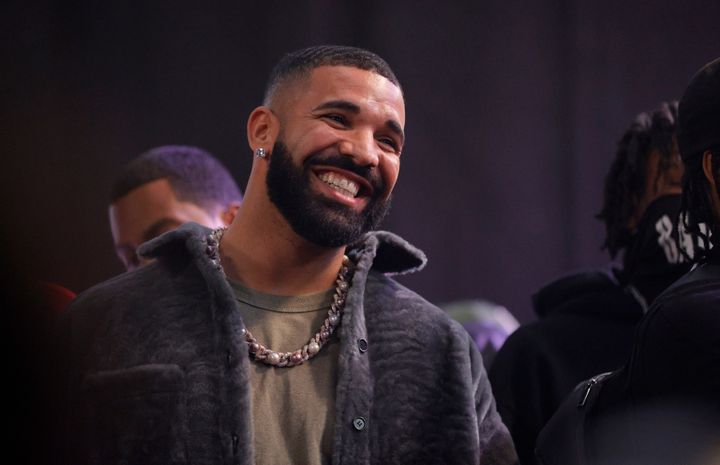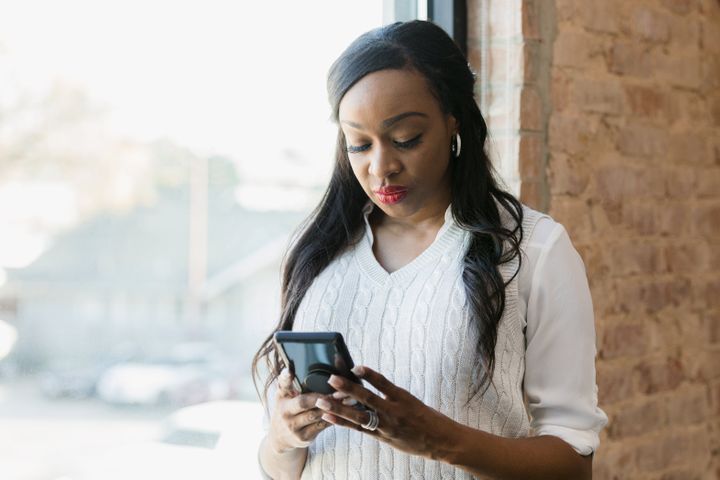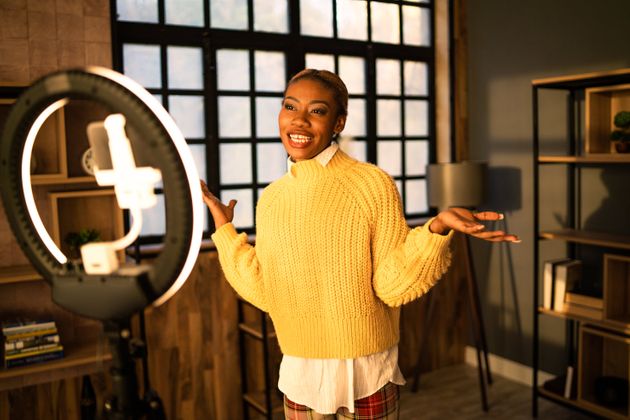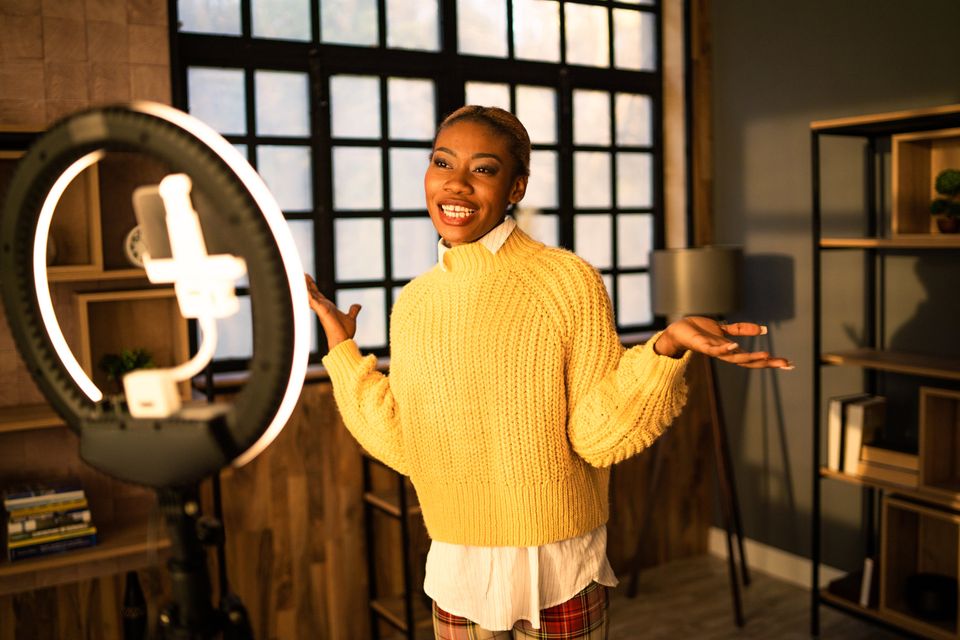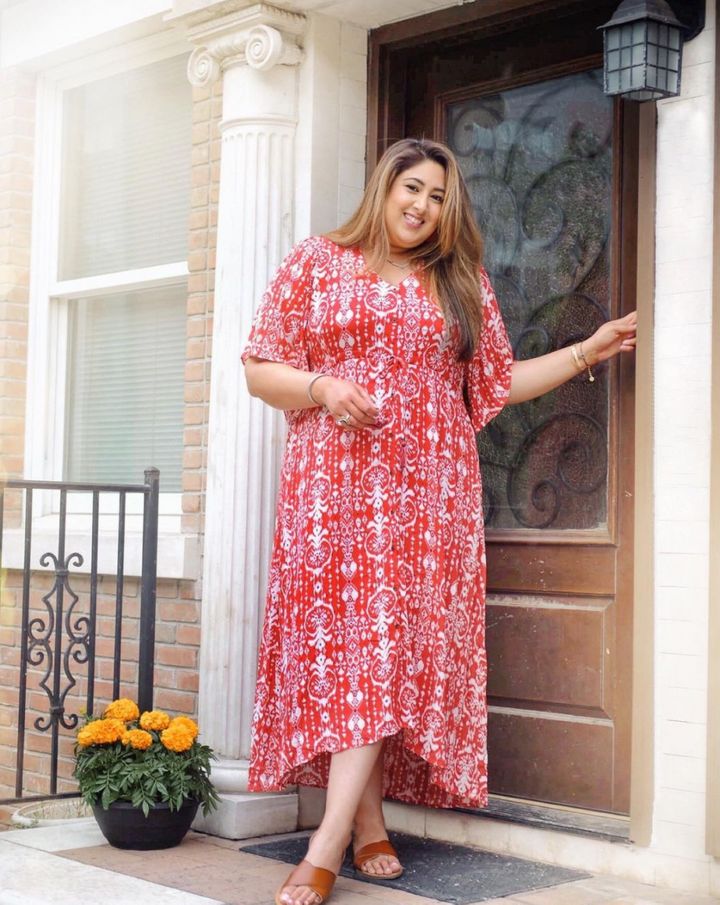“Taking pictures, make sure you can’t see no lace, that wig secure like the money in a safe.” So goes the Chloe x Halle song, Do It. And those lyrics signify just how normalised wig-wearing is for Black women. Growing up it was normal to see your mum, aunts and even grandmas wearing one.
But the state of wigs have evolved a lot since they started wearing them.
I was 17 when I first ventured into the world of wigs and these were the days of closures. A closure is your bog-standard wig that usually features clips or an elastic band to ensure it stays in place all day. In fact, they’re perfect for everyday use, because they’re so easy to put on and take off.
Now we also have the frontal wig, which has really taken off in the past couple of years. When Chloe and Halle sing, “Make sure you can’t see no lace”, they are referring to the lace on a frontal wig. A frontal differs from a closure wig as it’s typically glued down to your hairline so it looks more like your own hair.
As Martha O explains on the Natural Girl Wigs blog: “One way to identify frontals is that they are used to recreate the hairline from ear to ear, while closures are used to recreate the natural parting of the hairline.”
Frontal wigs have grown in popularity, especially online. But head to TikTok and you’ll see more and more Black women who are tiring of their wigs, too.
This sentiment isn’t part of the natural hair movement per se – many Black women still enjoy wearing fake hair – but we want to explore different options. Options such as tape-ins, pony-tails and natural hair extensions. The kind of options that have been available to white women for much longer.
This is something that Tendai Moyo and Ugo Agbai, co-founders of Ruka Hair, have also observed. Ruka is a Black-owned hair business that aims to provide Black women with hair extensions in different textures and formats. As well as selling online, it now has a physical shop in Westfield Stratford City and also works with a network of “co-creators” (in its lingo) who test out products.
“What we’ve noticed is Black women having less attachment to a particular style. We’ve seen more people experimenting with their own hair in various formats like ponytails and clip-ins,” Moyo tells HuffPost UK.
She continues: “One of the things a co-creator said in our community interview last year is that, historically, white women can go to a salon and say, ‘I want longer hair that looks exactly like mine.’ But, historically speaking, Black women haven’t been able to do that.”
That more Black women are downing their wigs is due to two Cs, she says: compromise (or not wanting to) and choice (the availability of alternatives). “Three years ago, white women were using things like micro-links. This option wasn’t a thought for Black women then, because it didn’t exist in our texture.”
Agbai also sees the trend for wig-wearing waning. “I think with wigs, especially with frontals, it was something that you only saw in the theatre, or only saw celebrity stylists doing. Then it became extremely accessible and prominent. Now I feel like people are experimenting with other styles,” she tells me.
Wider choice is certainly a factor, but let’s not understate that the maintenance of frontals can be tedious. Wearing a frontal regularly requires a lot of time and effort. You have to glue the wig (which can take ages), then straighten it, apply a lace tint to make the wig look natural. Sure, you get used to it, but it’s not fun.
As the Ruka website highlights, Black women spend six times as much as their white counterparts on haircare products and service. But this could be beginning to change.
“I’ve seen Black women accept the fact that their hair doesn’t have to take a ridiculously long time,” Moyo says. “Especially since frontals are usually done by professionals, if you do it by yourself you’re not always doing it correctly, which causes more damage and time needed. I’ve seen more Black women finding styles that are less time consuming.”
Agbai agrees and suggests that it’s liberating many of us from some long-held habits, in some cases inherited. “All of the language we’ve been socialised to use around our hair has influenced this,” she says. “We think our hair should take a long time, that it can laborious to do our hair. I’m excited to see that shift and see Black women really look for quicker solutions.”
“I felt like I was forcing it… when I put a frontal on myself, I didn’t look like those other girls.”
– Akua Ntiamoah, 26, Essex
The phrase “where’s the lace?” is used all too often in reference to frontal wigs. There’s an obsession with making frontals look exactly like the hair on your head when a lot of the time, they just don’t. This pressure for wig perfection has made some Black women consider other options.
This is the case for Akua Ntiamoah, 26, a civil servant from Essex, who says she didn’t enjoy wearing wigs as her hair never looked like what she saw online.
“I felt like i was forcing it. Maybe it’s because I saw girls on Instagram wearing them, but when I put a frontal on myself I didn’t look like those other girls,” she says. “Black girls always say, ‘the lace is invisible’, but I can see it in real life.”
She stopped wearings wigs two years ago. “I was tired of my wigs not looking natural, so I cut my hair. I wore wigs from time to time, but I still didn’t look right so now I just wear my hair out in a pony.” She says she also enjoys braids.
Moyo and Agbai have received positive feedback about Roka’s ponytails that putting them on doesn’t require much work for the wearer. As they tell me: “We’d get women saying: ‘We don’t have to put much gel in our, we can just attach the ponytail and go.’ That is the best thing!”
While wigs are often seen as a great protective style, wearing them too often can also damage your hair. For Joy Olugboyega, 25, a photographer and director from London, wearing wigs ruined her hairline – so she doesn’t.
“I stopped wearing wigs in 2019. Haven’t worn a wig since,” she says. “My relationship with wigs was pretty much on and off. I hated what it was doing to my hairline but at the same time appreciated the convenience.”
And now she’s made the break, Olugboyega is reclaiming more than her hair. “I realised I looked way better with my natural hair and Afrocentric hairstyles like fulani braids, faux locs, feed-ins. Not only do I look better, but I feel better too, like a queen,” she says.
“I just feel more like I’m more myself when it comes to how I present. It’s the truest representation of me and where I come from.






